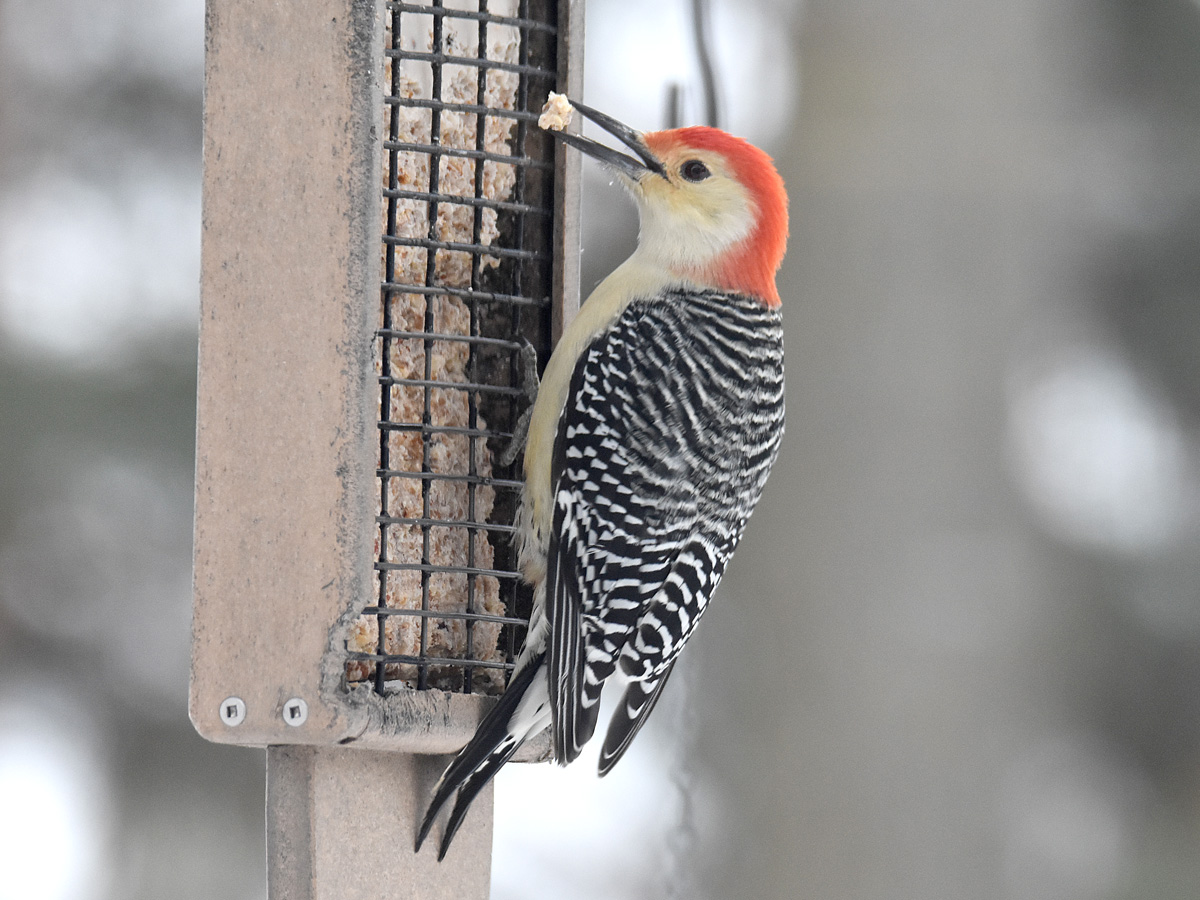Woodpeckers in Florida: Nature, Ecology, and Preservation
Woodpeckers in Florida: Nature, Ecology, and Preservation
Blog Article
Unveiling the Tricks of Woodpeckers: Actions, Environment, and More
Woodpeckers, with their special habits and specialized adaptations, have long captivated scientists and nature enthusiasts alike. By revealing the enigmas bordering woodpeckers' habits and habitat choices, a much deeper understanding of these bird marvels emerges, offering a glimpse right into their interesting world.
Woodpecker Behavior Insights
In examining woodpecker actions, a remarkable display of specialized skills and adjustments emerges, dropping light on their impressive eco-friendly niche - Woodpeckers in Florida. Woodpeckers, recognized for their unique drumming on trees, have a variety of behavior characteristics that add to their survival and success in their setting. One vital behavior is their drumming, which offers several purposes such as interaction, establishing territory, bring in companions, and situating food resources. This rhythmic pecking additionally showcases their amazing toughness and endurance, as they can hammer away constantly at high speeds without creating harm to themselves.
Moreover, woodpeckers exhibit a special feeding behavior defined by their capacity to extract bugs from tree bark utilizing their specialized beaks. Their long, barbed tongues aid in recording prey, while their strong neck muscular tissues provide stability and accuracy throughout pecking motions. This feeding strategy allows woodpeckers to accessibility hidden insect larvae and extract them with remarkable effectiveness.
Environment Preferences and Option
What factors influence the habitat preferences and selection of woodpeckers? One crucial factor influencing woodpecker environment option is the schedule of appropriate nesting sites. Woodpeckers usually choose forests with a mix of mature trees that give enough possibilities for dental caries excavation.
Furthermore, woodpeckers show a preference for environments with an abundant supply of food resources. They are primarily insectivorous, feeding upon beetles, ants, larvae, and various other insects found in worn out wood or tree bark. As a result, woodpeckers have a tendency to favor wooded areas with a diverse insect populace to fulfill their dietary requirements.
Furthermore, the presence of dead or decaying trees is another essential variable in woodpecker habitat choice. These trees not only supply food resources however likewise supply appropriate substratum for tooth cavity excavation. Dead trees are essential for the upkeep of healthy and balanced woodpecker populaces, as they play a crucial duty in the woodpeckers' life cycle and environment characteristics.
Feeding Practices and Diet Regimen Composition
Woodpeckers demonstrate a specialized feeding behavior focused on foraging for bugs within various environments. Their diet regimen mainly includes bugs such as beetles, ants, caterpillars, and crawlers, which they find by tapping on tree bark and paying attention for the sound of movement inside. Woodpeckers utilize their solid beaks to drill right into the timber and their lengthy, barbed tongues to draw out victim from holes. Along with insects, woodpeckers also eat tree sap, fruits, nuts, and seeds, adding range to their diet regimen relying on the period and schedule of food resources.
The foraging internet methods of woodpeckers are well-adapted to their arboreal lifestyle (Woodpeckers in Florida). Their ability to excavate timber not only offers them with food yet additionally assists in creating nesting dental caries and developing territories. Woodpeckers play a critical duty in preserving the health of forests by managing insect populaces and aiding in the disintegration of timber. Understanding their feeding behaviors and diet plan make-up is vital for preservation initiatives intended at protecting these special and useful birds.
Drumming Appears and Communication
Utilizing quick drumming audios on various surfaces, woodpeckers utilize an unique kind of interaction to signal area borders and draw in companions. This drumming habits is not just a way of interaction but likewise functions as a way for woodpeckers to establish their presence within a certain location. The strength, rate, and pattern of the drumming can share important info see this to various other woodpeckers in the vicinity.
Woodpeckers make use of drumming audios to introduce their presence in a territory and to warn off prospective trespassers. The loud and repetitive nature of the drumming works as a clear signal to various other woodpeckers that the location is already declared. This helps in decreasing disputes and decreasing physical battles between individuals.

Survival Adaptations and Specialized Composition
/https://tf-cmsv2-smithsonianmag-media.s3.amazonaws.com/filer_public/30/ac/30acf469-09cd-4fcc-a812-1aa30f477578/aprmay2024_l09_woodpeckers.jpg)
Final Thought
To conclude, woodpeckers show special behaviors, such as drumming sounds for interaction, and have actually specialized makeup for survival in their picked environments. Their feeding routines and diet plan make-up better demonstrate their versatility to various settings. By understanding these facets of woodpeckers, researchers and preservationists can much better protect and preserve these remarkable birds and their ecological communities.
Report this page